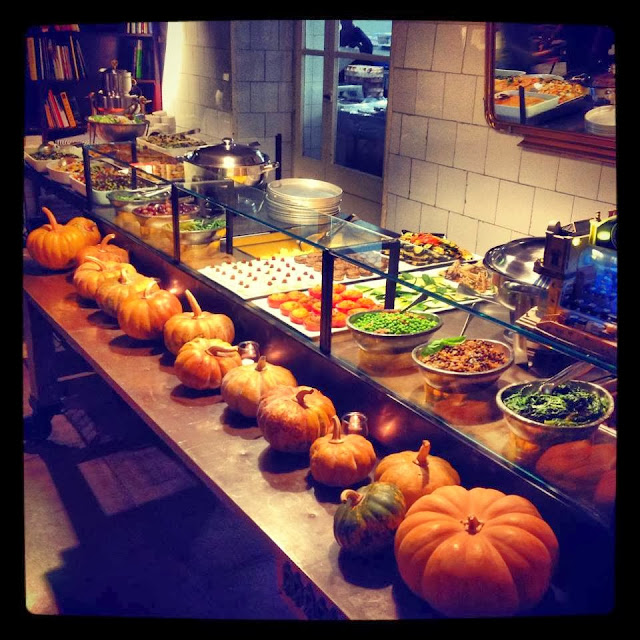Italian Ways - On And Off The Rails From Milan To Palermo, is Tim Parks latest entertaining travel journal take on Italy. Following on the heels of Italian Neighbours, An Italian Education, and A Season With Verona, this is Parks taking on the great Italian railway system.
Railways have played an important part in Italian history. As Italy is a relatively young country, and many Italians still indulge in Campanilismo, that is, they feel closer to their home town or region than to the country as a whole, the development of the Ferrovie dello Stato (literally 'state ironways') has been important for unification. Not just geographically of course, but mentally. Sadly, over the years, both the stations and the trains themselves have fallen a little into disrepair. A little like Italy as a whole. However, with fast new trains that can connect Rome to Milan in just over 3 hours, and fancy new station renovations such as Roma Tiburtina (which I hate, incidentally), are Italian railways experiencing a revival, or is this just smoke in the eyes and papering over the cracks. After you've read Italian Ways, you'll know the answer.

In the first part of
Italian Ways, Tim Parks recounts his commute from Verona to Milan. Unfortunately, this is as exciting as it sounds. It's not that the day-to-day stresses and frustrations of the commute aren't well written, it's just that they are well... like listening to a friend moaning. Thankfully, as that friend is Mr Parks, he still manages to eke out an interesting factoid or intriguing story to keep you turning the pages. After the weak introduction, we go on to discover more about the politics behind the railway, both historically and present day. Bear with me. It's actually
fascinating. Thanks to his position as a long-term Italian resident, and a combination of his compassion and eye for detail, Tim Parks manages to extract real cultural understanding and meaning even from the positioning of ticket booths and walkways. Honestly, you'll never look at a train station (and
Milano Centrale in particular) in quite the same way again.
Italian Ways isn't all about trains and train stations though. It's the people that make a country, and this is never more so the case than in Italy. Drawing on his 30 years of experience, Tim Parks litters Italian Ways with witty anecdotes and discussions with fellow passengers on topics such as why they don't buy a ticket, or why they are so against the trains, yet love to take them every day.
In the second part of Italian Ways, Tim takes to the rails. It's this part of the book that really takes off. Travelling down through Rome to Sicily, and then across to Otranto, the book turns into a travelogue with more twists and turns than Murder on the Orient Express. I couldn't stop turning the pages, I wanted to be there with him. He even takes a train that's off the map, on the little known, and even less used Ferrovie del sud est. Visiting deserted stations and exploring parts of Italy well off the tourist trail, this is where Tim Parks is most captivating.

Granted, a book about travelling by train isn't going to be to everybody's taste, but Tim Parks is a good observational writer. Part time chronicler, part time anthropologist, Tim Parks provides a glimpse into Italy and Italians, through travelling through it and with them, on the train. Despite my comments above, I want to make it clear that I really enjoyed this book. Admittedly, I like Italy and I like trains, so I may be a little biased, but I think there's enough there for everyone.
Predictably then, I can recommend Italian Ways. While it starts slowly, and can drag initially, it picks up speed like a Frecciarossa and you'll have arrived at the end it before you know it. My version of the book was printed in 2013 by Harvill Secker (UK). A copy can be picked up from the LazioExplorer Amazon store here.





